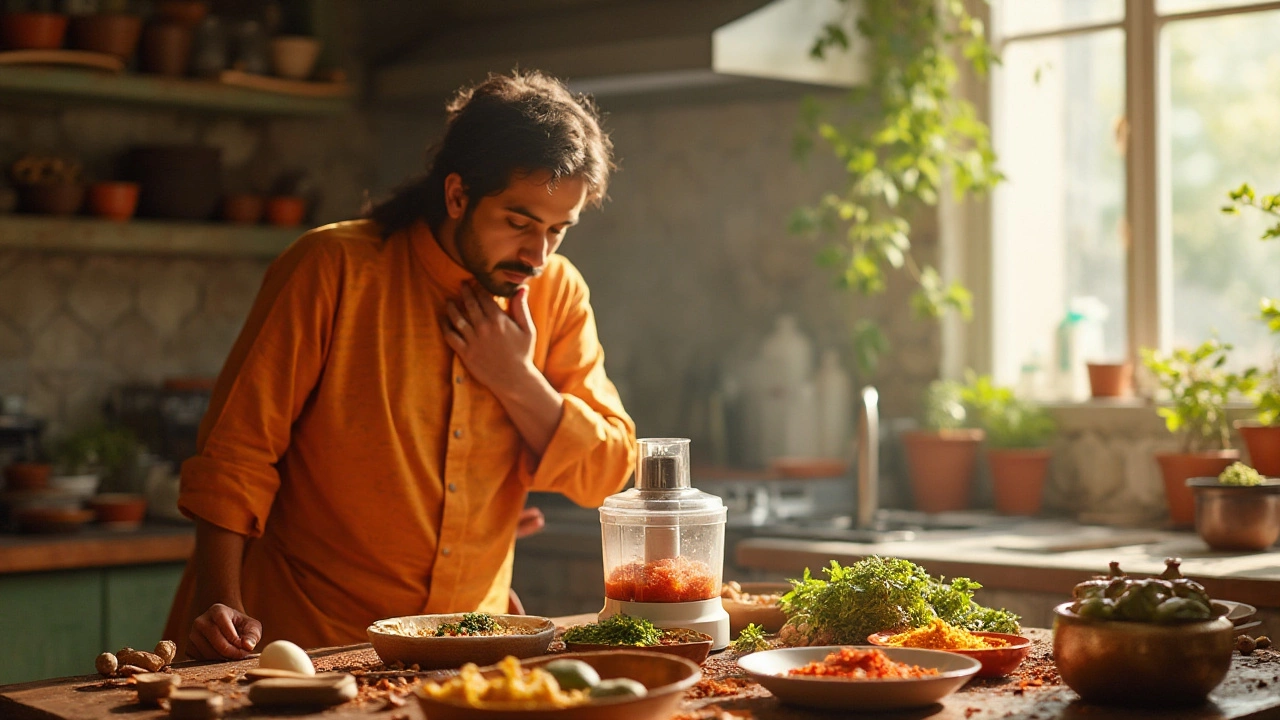Rice Survival Calculation: Predicting Yield and Crop Health
When working with Rice Survival Calculation, the process of estimating how well a rice crop will survive and produce based on water, soil and management variables. Also known as rice resilience modeling, it helps farmers decide when to plant, how much water to supply and which varieties will thrive.
Rice survival calculation isn’t just a math problem – it mixes science and practice. First, you need reliable soil moisture, the amount of water held in the soil at any time. Accurate moisture readings let you predict stress periods and adjust irrigation before the plants suffer. Second, the choice of irrigation method matters. drip irrigation, a low‑flow system that delivers water directly to the root zone reduces waste and keeps the water table stable, which directly improves the survival odds of rice seedlings.
Key Factors for Accurate Calculations
Another technique that feeds into the model is no‑till gardening, a soil management practice that leaves the ground undisturbed. By preserving soil structure, no‑till enhances water infiltration and reduces evaporation, giving the rice crop a steadier moisture supply. The relationship can be summed up as: rice survival calculation requires good soil moisture data, and no‑till gardening provides that data by improving soil health.
Regional data also plays a big role. rice production statistics, historical yield and acreage numbers for major growing areas let you benchmark your field against the best performers. For example, the top rice‑producing US state, Arkansas, reports average yields of over 7,500 kg/ha, while Indian states like West Bengal hover around 4,800 kg/ha. Plugging these numbers into the survival model helps you set realistic targets and spot gaps.
Putting the pieces together, we get several semantic connections: rice survival calculation encompasses water management, soil health, and cultivar choice; accurate soil moisture data enables precise rice survival calculation; drip irrigation under mulch improves water use efficiency, which boosts rice survival; and no‑till gardening supports higher soil moisture retention, benefitting the calculation. These links mirror the real‑world workflow of a farmer who moves from soil testing to irrigation setup to yield forecasting.
Beyond the numbers, the calculation guides everyday decisions. If the model shows a 30 % survival risk due to low moisture, you might switch to a flood‑tolerant variety or increase irrigation frequency. If the risk is low, you can save water and cut costs. The tool also helps policy makers allocate water resources during droughts, ensuring that rice, a staple for billions, remains on the plate.
Below you’ll find a curated set of articles that dive deeper into each of these aspects – from how ancient civilizations first grew rice, to modern drip‑irrigation tricks, to the economics of high‑pay factory jobs that support the supply chain. Each piece adds a layer to the overall picture, giving you both the theory and the hands‑on tips you need to make the most of your rice fields.
How Much Rice Does One Person Need for a Year? The Real Numbers Explained
Curious about how much rice one person needs to survive a year? This article breaks down the math, nutrition, and practical tips for long-term rice consumption.
- manufacturing
- India
- food processing
- garden tips
- rice cultivation
- government schemes
- balcony garden
- urban gardening
- balcony gardening
- profitable business
- business ideas
- plastic manufacturing
- drip irrigation
- plant care
- steel manufacturing
- sustainable gardening
- startup ideas
- steel industry
- flower gardening
- textile manufacturers






